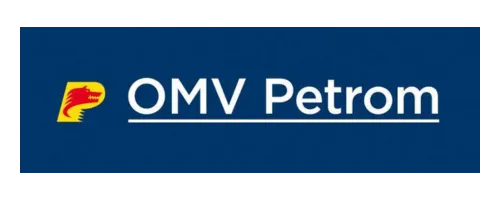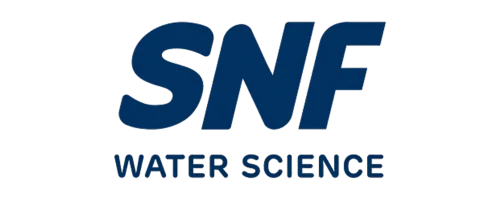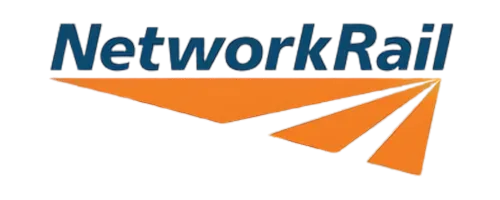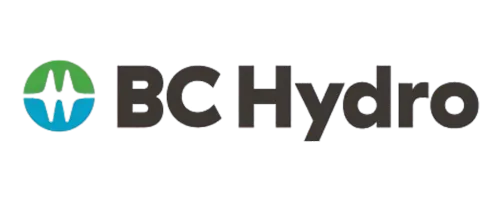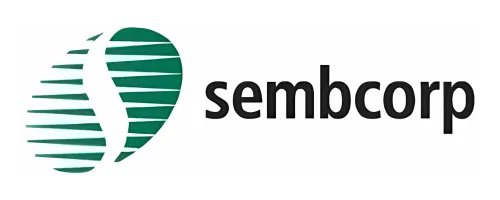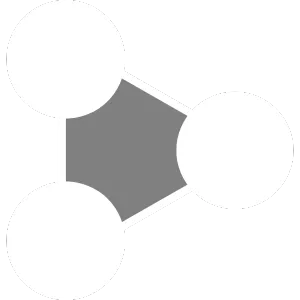Turning Near Misses into Real Learning: A Blueprint for High-Hazard Operations
Near misses are not free good luck. They are paid for with exposure to serious harm. Treated well, they become high-value intelligence that strengthens resilience across sites. Treated poorly, they normalise drift and leave conditions in place for a more serious event.
Define near misses so people recognise them
Give practical examples for your context and remove ambiguity. Include events where barriers caught the hazard in time and where people had to improvise to avoid harm.
Tip: aim for narrative quality rather than chasing raw counts. Stories carry context and enable better action.
Make capture effortless
Use simple, mobile-friendly capture with a short narrative and a photo. Reward timeliness and honesty. Ensure supervisors have time and skill to review quickly.
Pitfall to avoid: long forms that turn near-miss reporting into a compliance chore.
Triage for risk and learning value
Route events through a lightweight triage: immediate risk, potential severity, and learning value. High learning value cases don’t always come from high potential severity. Sometimes the lesson is a design quirk or scheduling truth that affects many tasks.
Run learning reviews, not blame hunts
Bring together those who do the work and those who design or authorise it. Explore what made success possible and where the system leaned on human adaptability. Identify changes to equipment, information, sequencing, and supervision.
Close the loop visibly
Report back to reporters and crews on what changed. Show before-and-after photos. Put new information into pre-job briefings and control-of-work packs. Recognise teams that contributed to systemic improvements.
Measure what matters
Time from report to first response
Percentage of reviews that lead to design or control changes
Evidence that changes are working, gathered through observation and conversation
Reduction in repeat scenarios rather than a simple decrease in reporting
What leadership must do
Be curious in the field. Ask “what made this hard today?”
Remove friction from the reporting and review process.
Fund small experiments that test safer ways of achieving the outcome.
Protect time for supervisors to coach, not only to count.
How Premier Safety Associates Can Help
Our independent assessments and education programmes help organisations turn near-miss reporting into a disciplined learning engine, improving culture and measurable risk control. Book Your Complimentary Consultation




